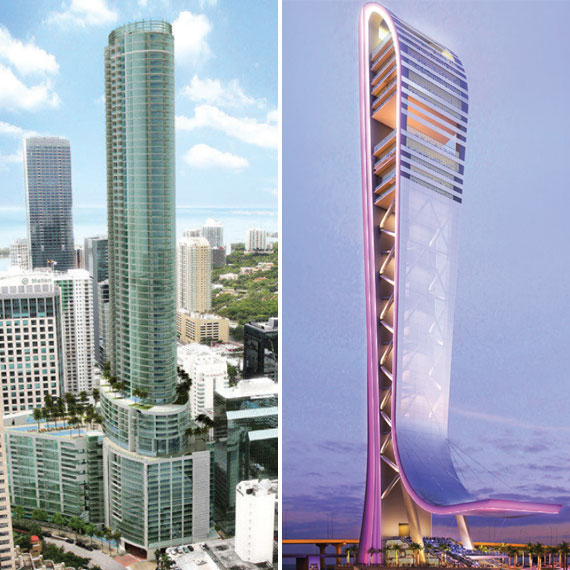Trending
EB-5’s future

With 70 regional centers dedicated to the federal government’s EB-5 visa program, Florida has established itself as one of the fastest growing markets for foreigners seeking permanent U.S. residency through the program.
“California, Florida and New York are the top three states for EB-5 activity,” said Adrian Pomery, a spokesperson for EB5 Investors magazine. “South Florida in particular is one of the hottest areas.”
Regional centers are organizations approved by U.S. Citizenship and Immigration Services (USCIS) to assist developers and entrepreneurs in making their projects eligible for the EB-5 program, as well as to secure the visas for the foreigners funding their projects. As of March, California was the only state with more regional centers (160) than Florida, according to a list released by USCIS. New York has 58.
Since Congress enacted the program in 1990, EB-5 visas have been a path to permanent U.S. residency for foreign nationals who create at least 10 domestic jobs and invest at least $500,000 to $1 million in a U.S. business venture. Nearly half of the regional centers in the Sunshine State are based in South Florida’s tri-county region. Miami-Dade has 17, Palm Beach has 13 and Broward has four.
Developer Jeffrey Berkowitz’s SkyRise Miami project was granted EB-5 status late last year based on his promise to create 4,000 to 6,000 jobs. In February, shortly before flying to China to recruit investors, Berkowitz told The Real Deal he hopes to collect $270 million — more than half the tower’s estimated construction cost — from roughly 540 foreigners.
Other local projects with EB-5 designation include Tibor Hollo’s Panorama Tower in Brickell, The Crimson tower in Edgewater and a 41,000-square-foot office condo building in Doral by Riviera Point Development.
“There are several factors that make South Florida attractive,” Pomery said. “Its proximity to the water and it’s also a place that investors, especially in China, have heard of.”
Historically, Chinese nationals have applied for and received the lion’s share of the 10,000 EB-5 visas doled out in the U.S. annually. Chinese accounted for 8,308 of the visas approved in fiscal year 2014.
South America had the second highest number of the visas with only 162. Pomery noted foreigners in politically unstable regions have easier access to other visa programs.
A spokesperson for USCIS said the agency does not break down the number of EB-5 investors or projects in each state. While USCIS caps the number of individual investors from each country who can receive EB-5 visas at 3,000, it does not put a cap on the immediate family members who also receive the visas.
The growth of Florida’s EB-5 market comes at a time when the program is facing an inevitable backlog and an uncertain future. In December, Charles Oppenheim, the State Department’s visa control and reporting chief, warned that USCIS will run out of the 10,000 special visas earmarked for fiscal year 2015 by mid-summer. According to USCIS’ 2015 first-quarter report, there are more than 7,000 pending EB-5 visa applications. Eighty percent are from China.
Meanwhile, supporters are concerned a new Republican-led Congress might allow the EB-5 program to expire when it sunsets at the end of September. Republican Sen. Chuck Grassley, chairman of the Senate Judiciary Committee, opposes the EB-5 program and noted on his website that “there appear to be some major flaws that need fixing.”
Lauren Cohen, founder and owner of e-Council — a consultant firm specializing in EB-5 visas — said no one really knows what the future of the program is.
“When I first got into this industry, there was the same fear. Congress did not renew it until almost the last day of session.”
One positive indicator, Cohen said, is a bill proposed by Democratic Congressman Jared Polis of Colorado and Republican Mark Amodei of Nevada called the American Entrepreneurship and Investment Act of 2015. The legislation would make the EB-5 program permanent and streamline the processing time to obtain visas.
Polis said he co-sponsored the bill because he believes the EB-5 visa program has been instrumental in creating jobs. “It’s an important tool that brings innovation and investment to the United States,” he said.




